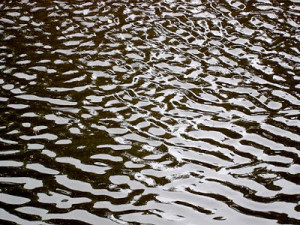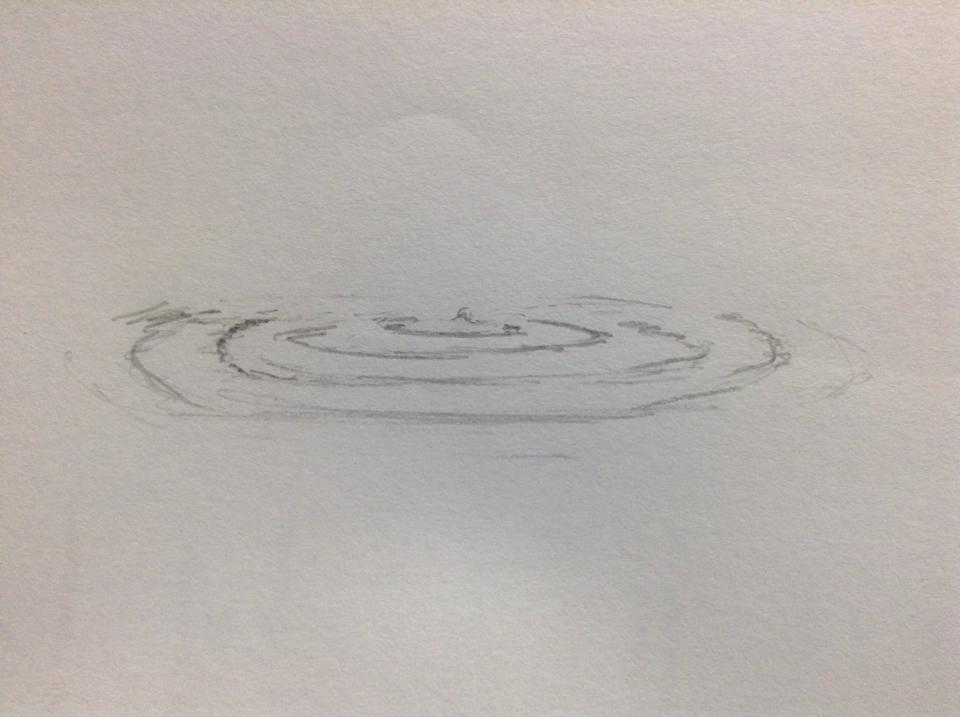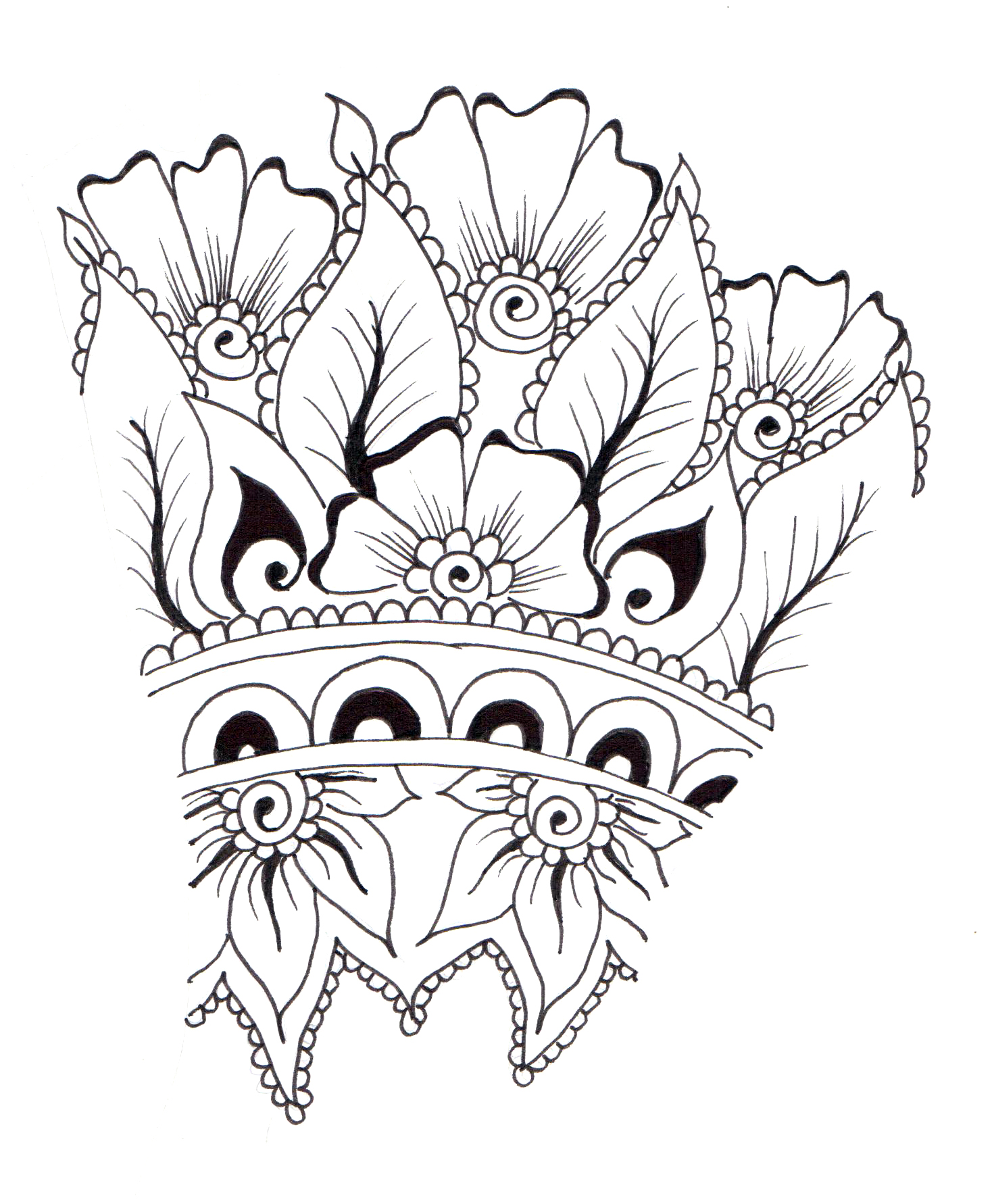Water ripples drawing at getdrawings
Table of Contents
Table of Contents
If you’re looking to add a realistic touch to your artwork, then learning how to draw water ripples is a great starting point. Water ripples can be tricky, but with the right techniques and some practice, you can make your drawings look lifelike and dynamic.
Pain Points of Drawing Water Ripples
Many artists struggle with drawing realistic water ripples due to the complex shapes and movements involved. Some may also have a hard time capturing the transparency and reflection of water. It can be frustrating to create ripples that look flat or static, which is why it’s essential to learn the proper techniques.
How to Draw Water Ripples
The first step in drawing water ripples is to observe how they look in real life. Take a close look at reference photos or visit a body of water to see how the water moves and reflects light. Once you have an understanding of the basic shapes and movements involved, begin by lightly sketching the outline of the water area you want to draw.
Next, draw small curved lines that follow the outline of the water to indicate the ripples. These should vary in length and size as water ripples do not follow a consistent pattern. Use shading and highlights to add dimension and enhance the transparency and reflective qualities of the water.
It’s important to note that ripples will look different depending on the perspective and angle of the viewer, so be sure to adjust your drawings accordingly.
Summary of How to Draw Water Ripples
When drawing water ripples, it’s crucial to observe real-life examples and use shading and highlights to create dimension and transparency. Vary the length and size of the ripples and adjust for the angle and perspective of the viewer.
Personal Experience in Drawing Water Ripples
When I first started drawing water ripples, I struggled with making them look natural and dynamic. But after practicing and observing bodies of water, I was able to create ripples that looked like they belonged in the scene. One trick that helped me was using a blending tool to smooth out edges and make the ripples look more fluid.
 Another thing to keep in mind is that ripples can have different shapes and depths depending on the body of water. For example, ripples in a pond may be more subtle compared to those in a river with a strong current. It’s important to adjust your drawings accordingly to make them look convincing.
Another thing to keep in mind is that ripples can have different shapes and depths depending on the body of water. For example, ripples in a pond may be more subtle compared to those in a river with a strong current. It’s important to adjust your drawings accordingly to make them look convincing.
Using Pencil Study to Draw Water Ripples
One effective method for creating lifelike water ripple drawings is to use pencil study. Pencil study involves using a single-tone pencil to create layers of shading and texture. This technique can add depth and realism to your drawings, especially when it comes to water ripples.
 Start by lightly sketching the outline of the water area you want to draw, then use a 2B pencil to draw curved lines that represent the ripples. Use an eraser to gently lighten areas where the light hits the water and create highlights. Then use a blending tool to smooth out rough areas and create a realistic look.
Start by lightly sketching the outline of the water area you want to draw, then use a 2B pencil to draw curved lines that represent the ripples. Use an eraser to gently lighten areas where the light hits the water and create highlights. Then use a blending tool to smooth out rough areas and create a realistic look.
Advanced Water Ripple Drawing Techniques
If you’re looking to take your water ripple drawing skills to the next level, there are a few advanced techniques you can try. One is to use different pencils to create varying levels of shading and texture. Another is to create multiple layers of ripples to create a sense of depth and movement.
 You can also experiment with different drawing tools, such as brushes or ink pens, to create unique effects. Don’t be afraid to try new techniques and see what works best for your personal style.
You can also experiment with different drawing tools, such as brushes or ink pens, to create unique effects. Don’t be afraid to try new techniques and see what works best for your personal style.
Question and Answer
Q: How do I make my water ripples look transparent?
A: Use shading to create a sense of depth and lightness, and add highlights to areas where the light reflects off the water. Be sure to observe how water ripples look in real life to get a better sense of how to capture their transparency.
Q: What is the best way to practice drawing water ripples?
A: Start by observing bodies of water and taking reference photos. Then practice drawing different shapes and sizes of ripples until you feel more comfortable creating them.
Q: How can I create water ripples in a digital art program?
A: Many digital art programs have brush tools specifically designed for creating water ripples. Experiment with different brushes and layering techniques to create the desired effect.
Q: How do I create realistic reflections in my water ripple drawings?
A: Use shading and highlights to create a sense of depth and reflection in the water. Be sure to observe how the surrounding environment reflects off the water and adjust your drawing accordingly.
Conclusion of How to Draw Water Ripples
Drawing water ripples may seem daunting, but with the right techniques and practice, you can create dynamic and realistic water scenes. Remember to observe real-life examples and adjust your drawings accordingly. Don’t be afraid to experiment with different techniques and tools to find what works best for you.
Gallery
Water Ripples Drawing At GetDrawings | Free Download

Photo Credit by: bing.com / water ripples draw drawing getdrawings shapes patterns imgarcade guardado desde
How To Draw Water Ripples | Drawing Water Circles + The Week Ahead

Photo Credit by: bing.com / water drawing circles ripples draw ripple effect ahead week jane circle concentric drawings pia bijkerk watercolor painting paint sketches bubbles
How To Draw Water Ripples 17 Best Ideas About Water Ripples On

Photo Credit by: bing.com / water ripples drawing draw する ボード 選択
Water Ripple - Pencil Study | Water Art, Water Drawing, Drawings

Photo Credit by: bing.com / water ripple pencil study ripples rhi lou drawing draw deviantart choose board wave
Water Ripple Drawing At GetDrawings | Free Download

Photo Credit by: bing.com / water ripple drawing getdrawings





